Heceta Head Light is a lighthouse
located on the Oregon Coast 13 miles north of Florence, Oregon and 13
miles south of Yachats, Oregon, and 2 miles away from Sea Lion Caves.
It is located at Heceta Head Lighthouse State Scenic Viewpoint (a state
park) midway up a 205-foot tall headland.
 In
1892, a crew of 56 constructed the light. Because of the site's seclusion,
building materials were either shipped in if the weather and tide permitted,
or brought from Florence by wagon, the latter usually taking four or
five hours. Stones were brought from the Clackamas River and bricks
came from San Francisco. Completed in August 1893, the entire project
cost $80,000 and consisted of the lighthouse, houses for the head light
keeper, the two assistant light keepers and their families, a barn,
and two kerosene oil storage buildings. If one caught on fire, there
was a secondary source. In
1892, a crew of 56 constructed the light. Because of the site's seclusion,
building materials were either shipped in if the weather and tide permitted,
or brought from Florence by wagon, the latter usually taking four or
five hours. Stones were brought from the Clackamas River and bricks
came from San Francisco. Completed in August 1893, the entire project
cost $80,000 and consisted of the lighthouse, houses for the head light
keeper, the two assistant light keepers and their families, a barn,
and two kerosene oil storage buildings. If one caught on fire, there
was a secondary source.
Heceta Head is named after the Spanish explorer Bruno de Heceta, who
explored the Pacific Northwest during the late 18th century. Before
him, Heceta Head was a spot of frequent fishing and hunting by the Native
American tribes that populated the area. Heceta Head is part of the
Siuslaw Indians' traditional lands. They hunted sea lions in the area
and gathered sea bird eggs from the offshore rocks. In 1888, white settlers
moved into the area and claimed 164 acres of the surrounding land. That
same year U.S. Lighthouse Service approved the building of the lighthouse,
and the government bought 19 acres for the lighthouse structures.
The 56-foot tall lighthouse shines a beam visible for 21 miles, making
it the strongest light on the Oregon Coast. The light is maintained
by the Oregon Parks and Recreation Department.
Heceta Head Light and Keepers Quarters were placed on the National
Register of Historic Places in 1978 for its architectural and engineering
significance. The site originally included several other buildings;
farm buildings plus the single-family head lighthouse keeper's house,
which was demolished in 1940, and was very similar in size and design
to the remaining house. Due to electrification the head lighthouse keeper
was no longer needed, and the house was bought for $10 and dismantled
for its lumber which was used to build Alpha Bit bookstore-cafe in Mapleton,
Oregon, which still stands today. The remaining keepers' house was a
duplex that housed the first and second assistant lighthouse keepers
and their families. After the light was automated in 1963, the last
keepers moved away and the remaining house was leased to Lane Community
College in 1970 by the U.S. Forest Service, which had taken over management
of the building. The porch of the Queen Anne-style house underwent restoration
in 1981.
|
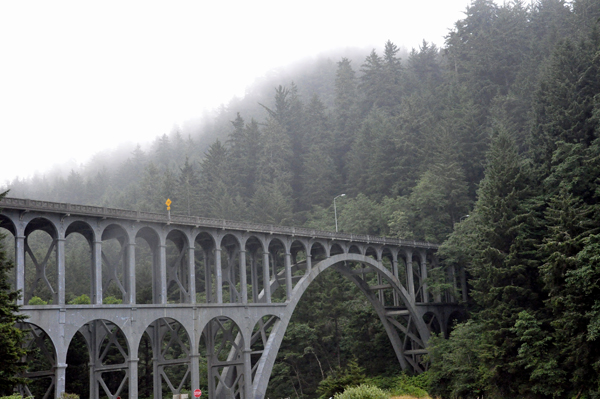
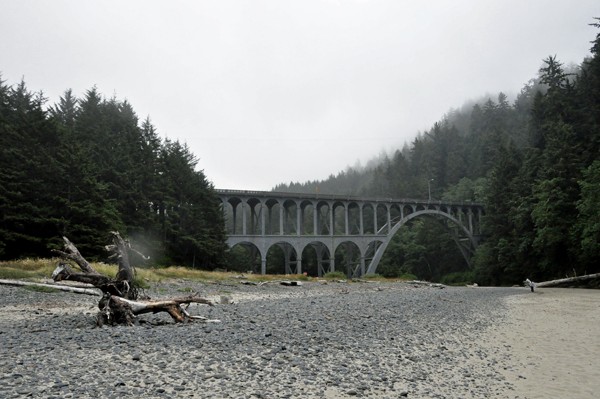
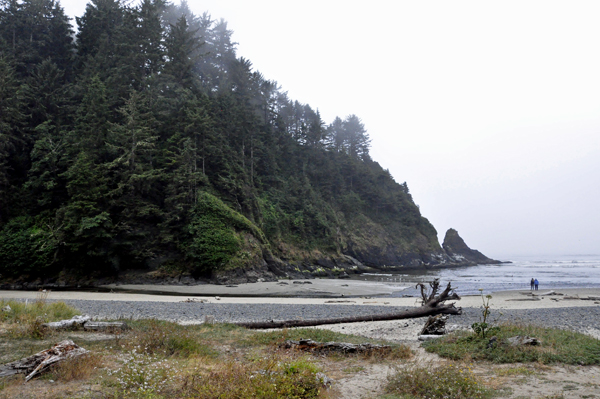
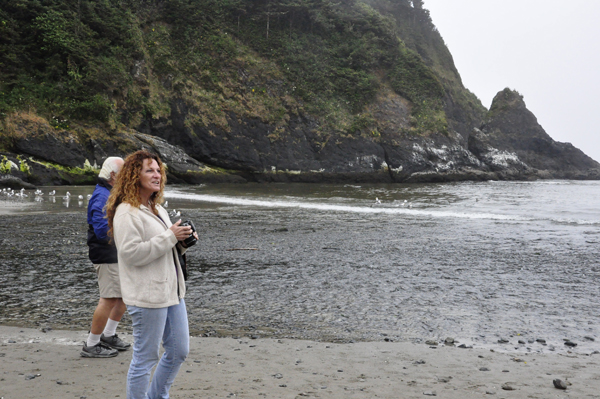
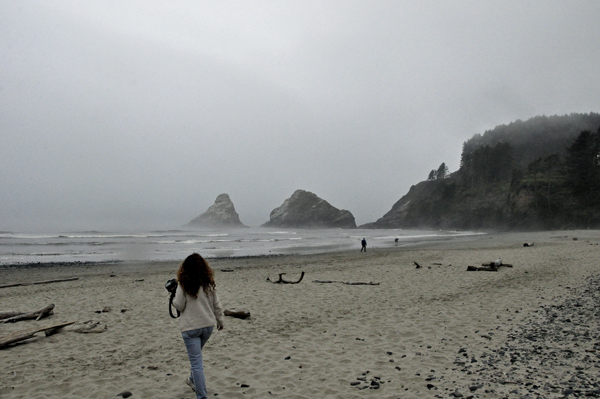
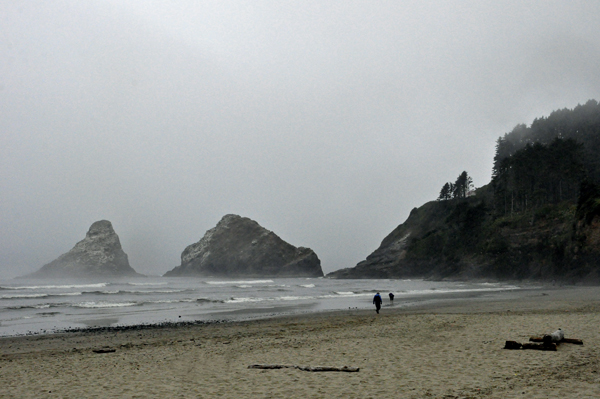
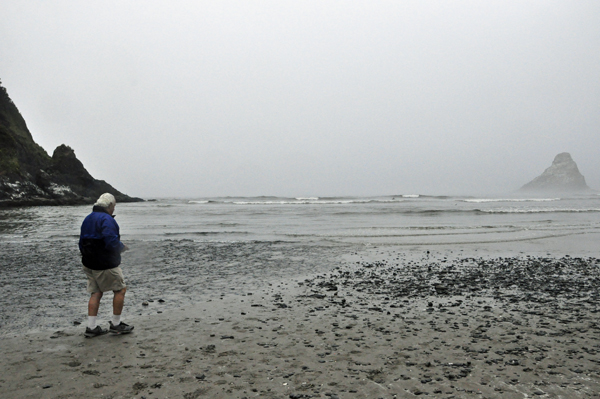
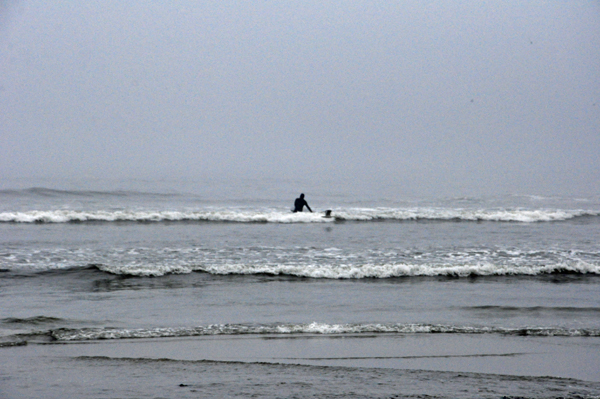
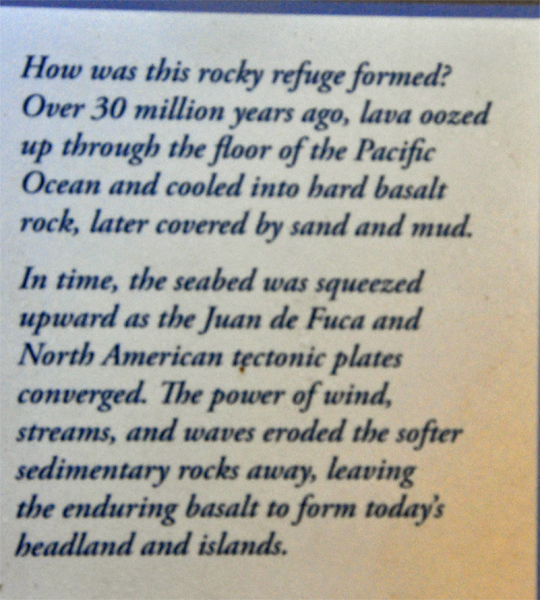

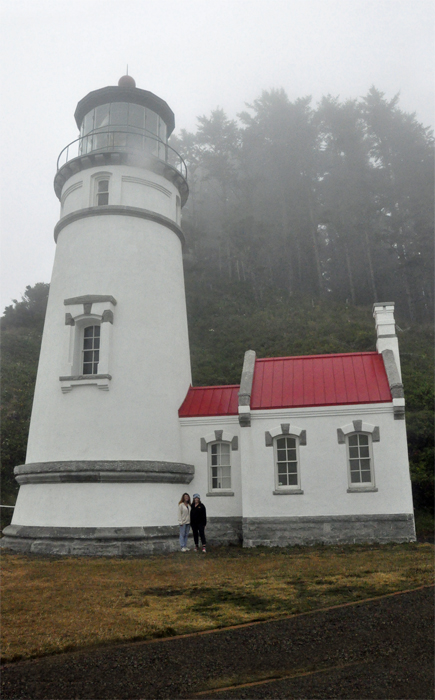
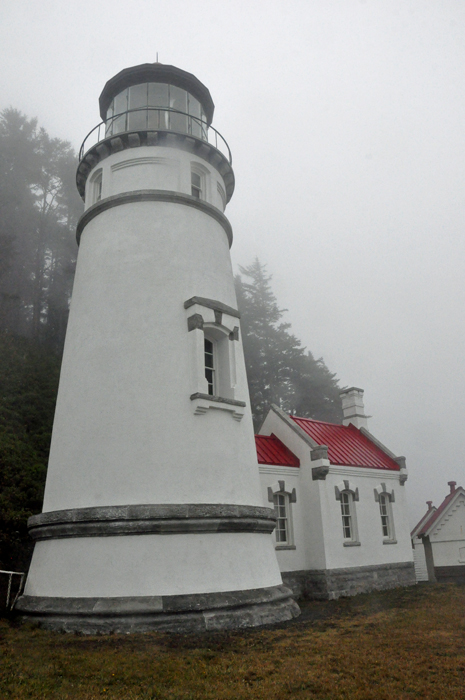

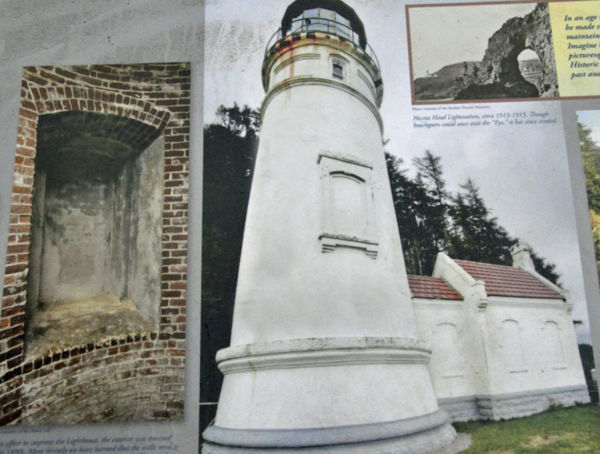
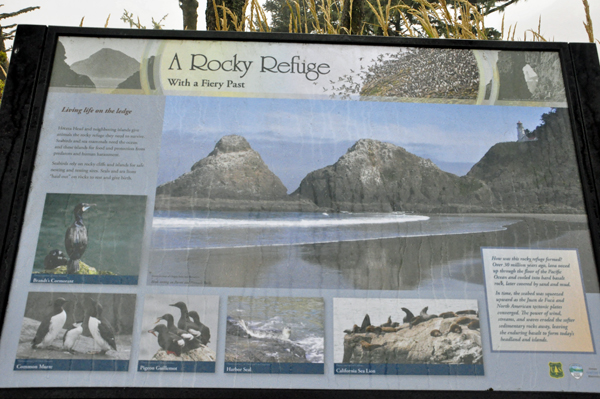
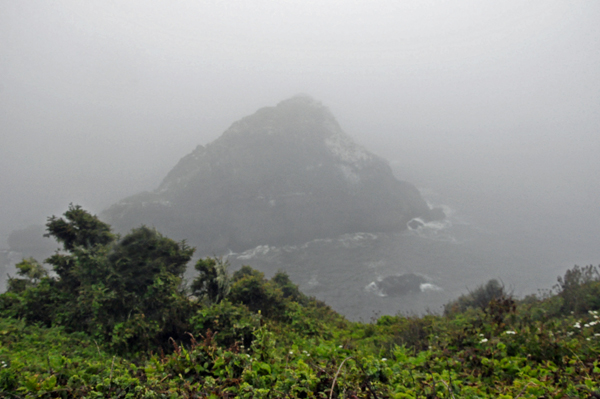
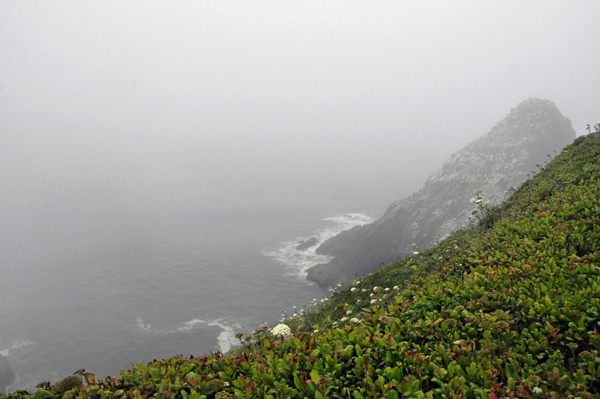
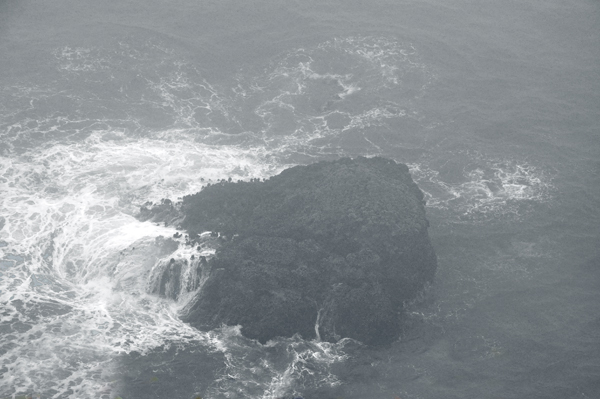
 In
1892, a crew of 56 constructed the light. Because of the site's seclusion,
building materials were either shipped in if the weather and tide permitted,
or brought from Florence by wagon, the latter usually taking four or
five hours. Stones were brought from the Clackamas River and bricks
came from San Francisco. Completed in August 1893, the entire project
cost $80,000 and consisted of the lighthouse, houses for the head light
keeper, the two assistant light keepers and their families, a barn,
and two kerosene oil storage buildings. If one caught on fire, there
was a secondary source.
In
1892, a crew of 56 constructed the light. Because of the site's seclusion,
building materials were either shipped in if the weather and tide permitted,
or brought from Florence by wagon, the latter usually taking four or
five hours. Stones were brought from the Clackamas River and bricks
came from San Francisco. Completed in August 1893, the entire project
cost $80,000 and consisted of the lighthouse, houses for the head light
keeper, the two assistant light keepers and their families, a barn,
and two kerosene oil storage buildings. If one caught on fire, there
was a secondary source. 
 If you have already seen all of the 32 sites in Oregon,
If you have already seen all of the 32 sites in Oregon, 























